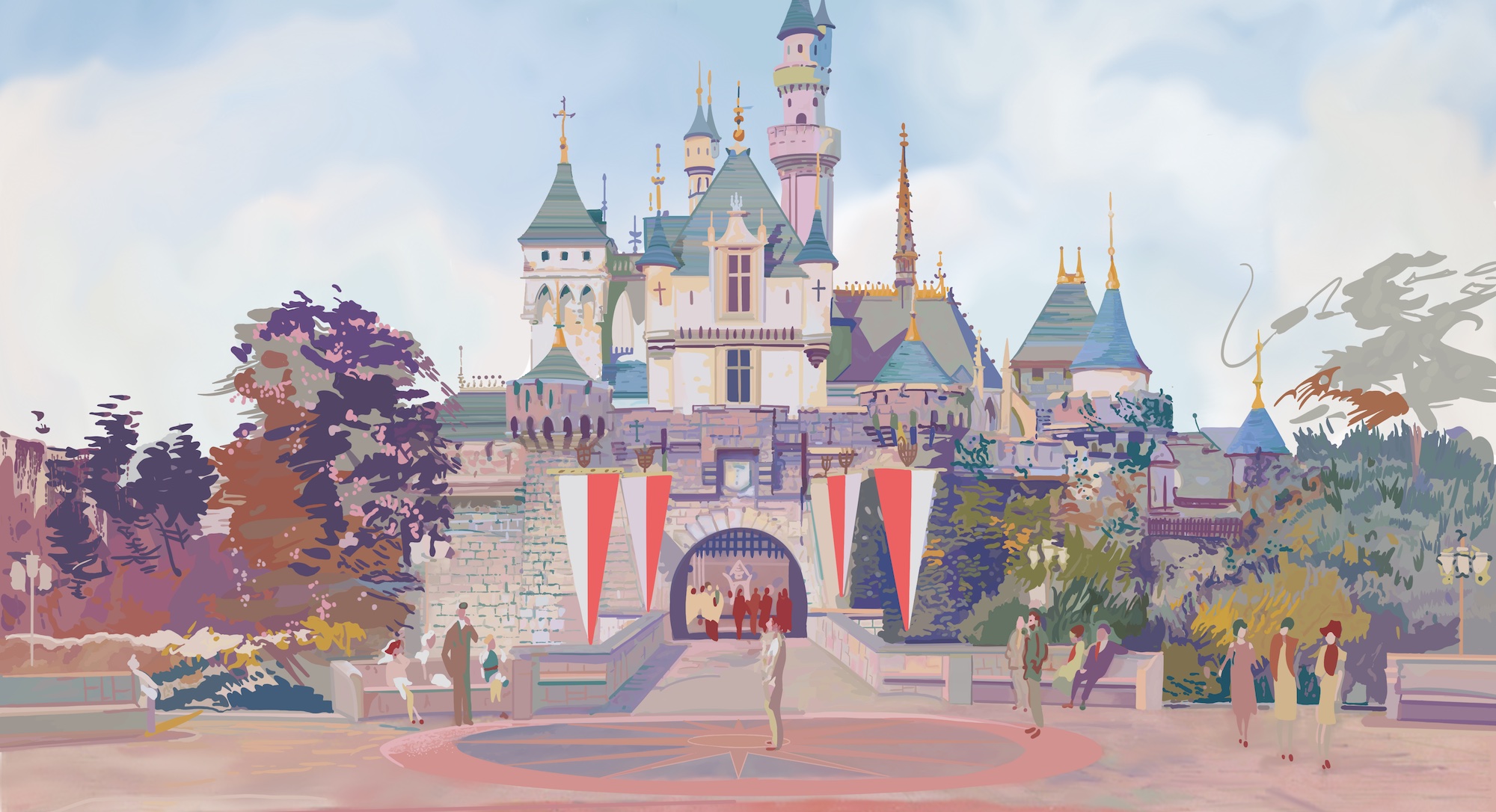4. Adventure Thru Inner Space (18 yrs) vs. STAR TOURS (23 yrs)
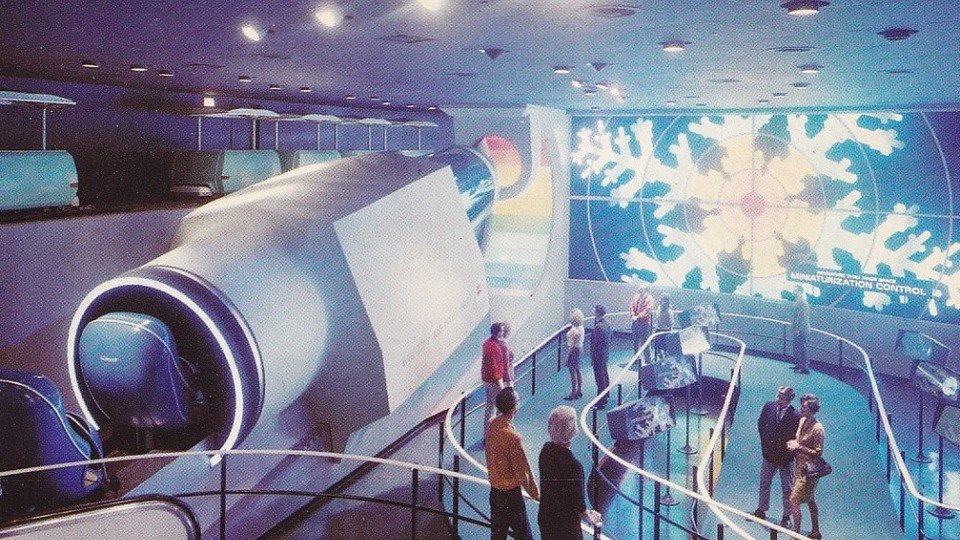
Adventure Thru Inner Space: 1967 – 1985 (17 years)
STAR TOURS: 1987 – 2010 (23 years)
STAR TOURS – The Adventures Continue: 2010 – Today (14 years)
Once upon a long time ago, Tomorrowland was really about tomorrow! Long before the “Pixarification” of Tomorrowland brought Finding Nemo, Monsters Inc., and Toy Story, Walt’s own 1967 “New Tomorrowland” served as an icon of the Space Age, with actual predictions of things to come. A paradise of mid-century architecture, upswept roofs, boomerang accents, and the authentic optimism of the Space Race, this “World on the Move” was born of the era’s fascination with outer space, transportation, plastics, and the possibilities of an Atomic Age.
Among this Tomorrowland’s iconic rides were the Lost Legends: The Peoplemover, The Skyway, and the Carousel of Progress… but for Walt, the anchor must’ve been Adventure Thru Inner Space! The first application of the Omnimover, the scientific dark ride miniaturized guests down to the size of an atom (incidentally, about as small as guests have ever gotten in Disney Parks decades of shrinking them) viewing abstract scenes representing the states of matter and cellular structure. In many ways, you might argue that “Inner Space” set the groundwork for EPCOT Center’s ambitious dark rides of the ’80s.

Adventure Thru Inner Space was a mainstay of Disneyland long after the hopes of the “Atomic Age” had faded. Many Southern Californian teens of the ’70s and early ’80s still tell stories of the ride’s role in their first kiss. But its prime real estate along the entrance to Tomorrowland was soon ceded to the cinematic whims of Michael Eisner. In 1986, the spot became home to the Lost Legend: STAR TOURS – a pivotal ride that stands at the intersection of the “Ride the Movies” era and the “Age of the Simulator,” as well as a turning point for Tomorrowland’s commitment to reality.
Star Tours has itself been “replaced” with its own prequel (Star Tours: The Adventures Continue) but even the run of the original version far outlasted Adventure Thru Inner Space. The good news is, the iconic, curving queue of Inner Space was retained for Star Tours – and thus, copied to Disney Parks across the globe, meaning hidden “Easter eggs” to Inner Space exist in the United States, France, and Japan!
That’s not the only place Inner Space lived on…
5. If You Had Wings (17 yrs) vs. Space Ranger Spin (24 yrs)
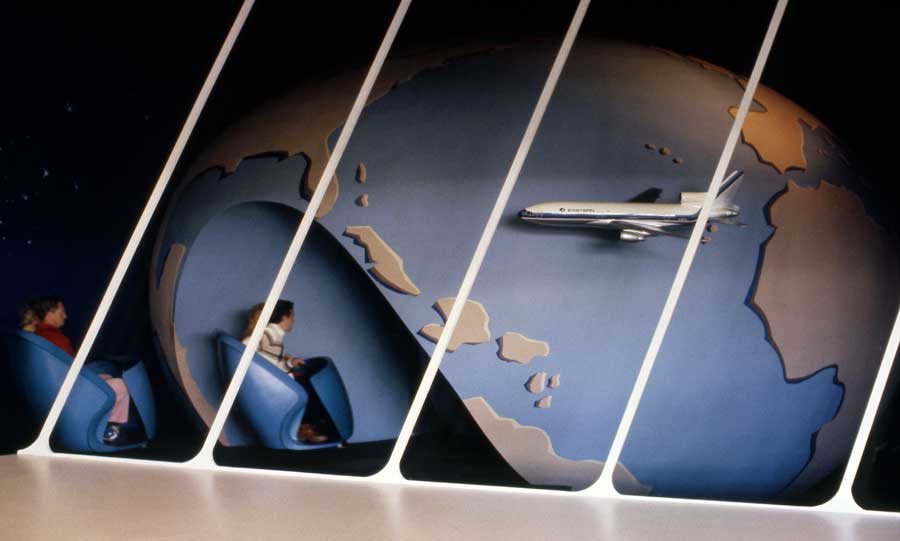
If You Had Wings: 1972 – 1989 (17 years)
Buzz Lightyear Space Ranger Spin: 1998 – Today (26 years)
If Disneyland had been made possible by the 1950’s rise in the middle class, the start of the interstate highway system, and the “invention” of the family road trip, then Walt Disney World was made possible 15 years later by the age of commercial air travel. Working off of his own blueprints for “Inner Space,” Disney Legend Claude Coats created Magic Kingdom’s ode to aviation, the Lost Legend: If You Had Wings.
A musical travelogue through destinations served by resort sponsor Eastern Air Lines, If You Had Wings (and its eponymous theme song by Buddy Baker and X Atencio) was as classic Magic Kingdom as you can find. With Eastern’s sponsorship (1972 – 1987) and without (as “If You Could Fly,” 1987 to 1989), the ride lasted 17 years.
Pretty quickly, the resort’s new official aviation partner, Delta Air Lines, was brought in to recraft the ride as Delta Dream Flight (and post-sponsorship, “Take Flight”), which together lasted less than a decade. In 1998, the first steps in the “Pixarification” of Disney Parks rolled out including the replacement of Magic Kingdom’s various flight-themed dark rides.
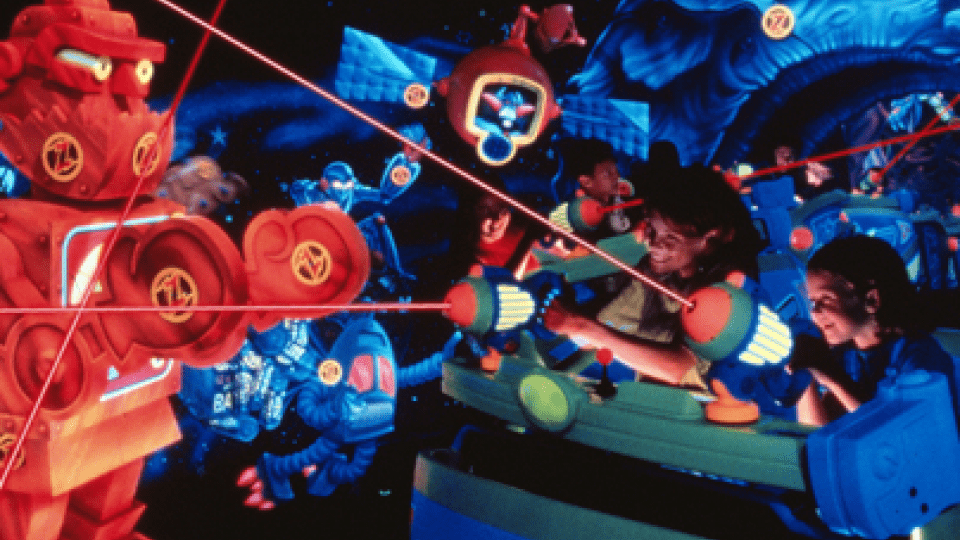
Buzz Lightyear Space Ranger Spin opened in 1998, equipping riders with laser guns and setting them loose into the distant reaches of over-saturated, plastic, toy-stylized space. In the twenty years since, a Buzz blaster dark ride has been exported to every single Castle Park on Earth (one of very few attractions to once be available at every Disney Resort), though today one is without the ride…
In any case, the day-glo, blacklight laser-blaster feels like a fairly modern addition to the parks… but believe it or not, it’s already outlasted the “classic” If You Had Wings that seems like such a long-lived and formative ride for the park.
6. Horizons (16 years) vs. Mission: SPACE (21 yrs)
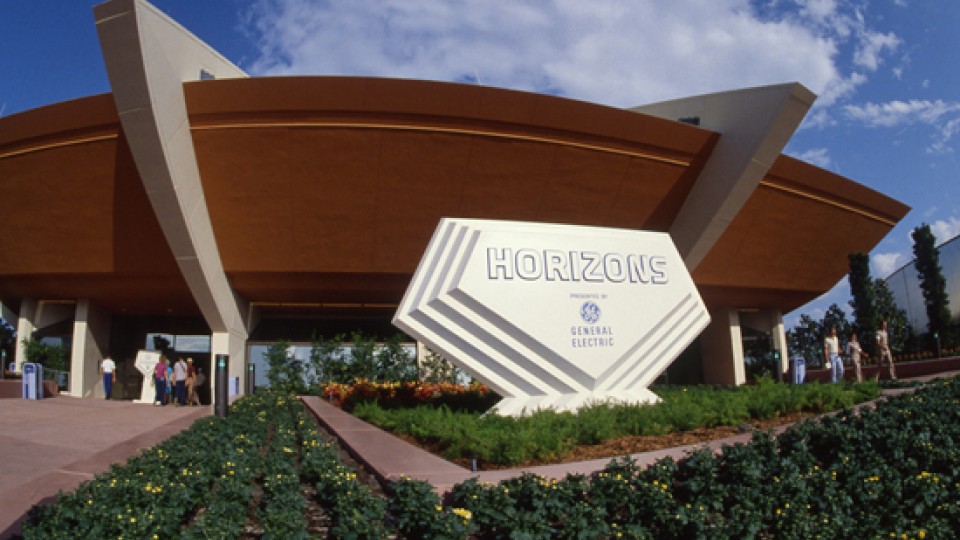
Horizons: 1983 – 1994; 1995 – 1999 (16 years)
Mission: SPACE: 2003 – Today (21 years)
Warning: this one is particularly painful for EPCOT Center fans. After all, when the park opened in 1982, its Future World realm was what many Disney historians consider a true masterpiece. Each of its “permanent World’s Fair” pavilions was dedicated to a focused area of science and industry and presided over by a complementary corporate sponsor. Pavilions celebrating oceans, agriculture, imagination, transportation, health, energy, communication, and innovation each offered in-depth, educational, and inspiring attractions… but one pavilion brought them all together.
The Lost Legend: Horizons was the philosophical centerpiece of Future World – a thoughtful exploration into what could lie ahead for humanity in the 21st century thanks to our collective advances in all the other industries the park studied. An anchor of the park’s original, epic dark rides built on optimism, it was the keystone of the park’s message.
But as we know, in the ’90s, EPCOT Center (then, Epcot) had a serious identity crisis. Disney’s race to correct the “boredom” factor perceived in their brainy ’80s park meant that those long, informative dark rides had to go. In their place arose a generation of technological thrill rides, each contributing to Epcot’s reintroduction as Disney’s “discovery park” of cool, 21st century, quasi-scientific simulators (with some Disney characters thrown in here and there for good measure).
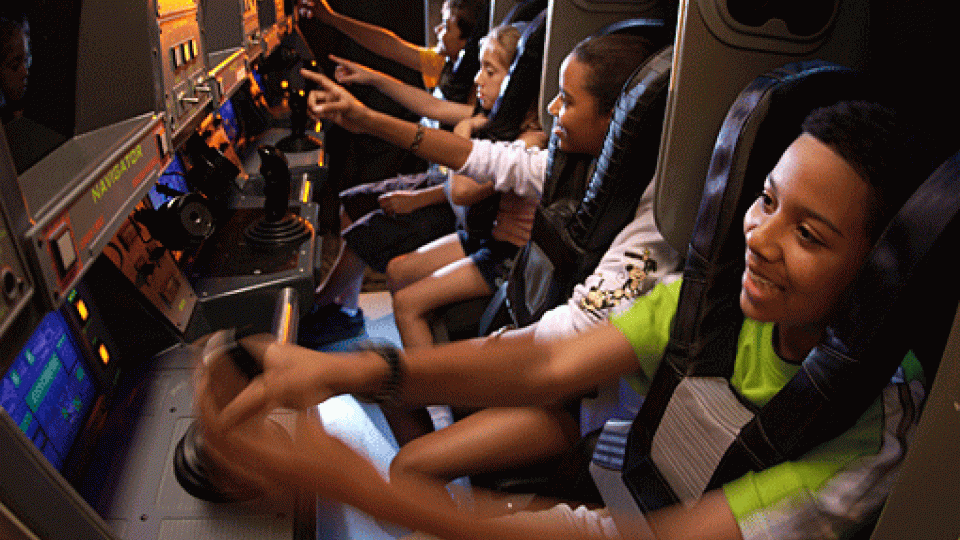
Mission: SPACE is fittingly “high-brawn, low-brains.” The ride turns guests into trainees who’ve come to see what it takes to be an astronaut via a simulated mission to Mars. Using four enormous centrifuge ride systems to produce 2.5 sustained Gs of gravitational force, Mission: SPACE really is about as close as civilians can get to feeling the force of a space mission without Blue Origin or Virgin Galactic. That said, the resulting experience is so ultra-intense, Disney has actually de-comissioned half of the ride’s centrifuges to offer an Earth-bound “Green Mission” without the extreme motion.
Hopes that Mission: SPACE would be Disney’s next big hit were quickly soured, and alleged plans to duplicate the ride in Tomorrowlands across the globe never came to be. In terms of $100 million investments, the ride never really felt like a crowd-pleaser or headliner… and especially knowing that the dizzying simulator replaced the beloved (and important) Horizons, it’s hard to believe Mission: SPACE has outlasted its predecessor already.
